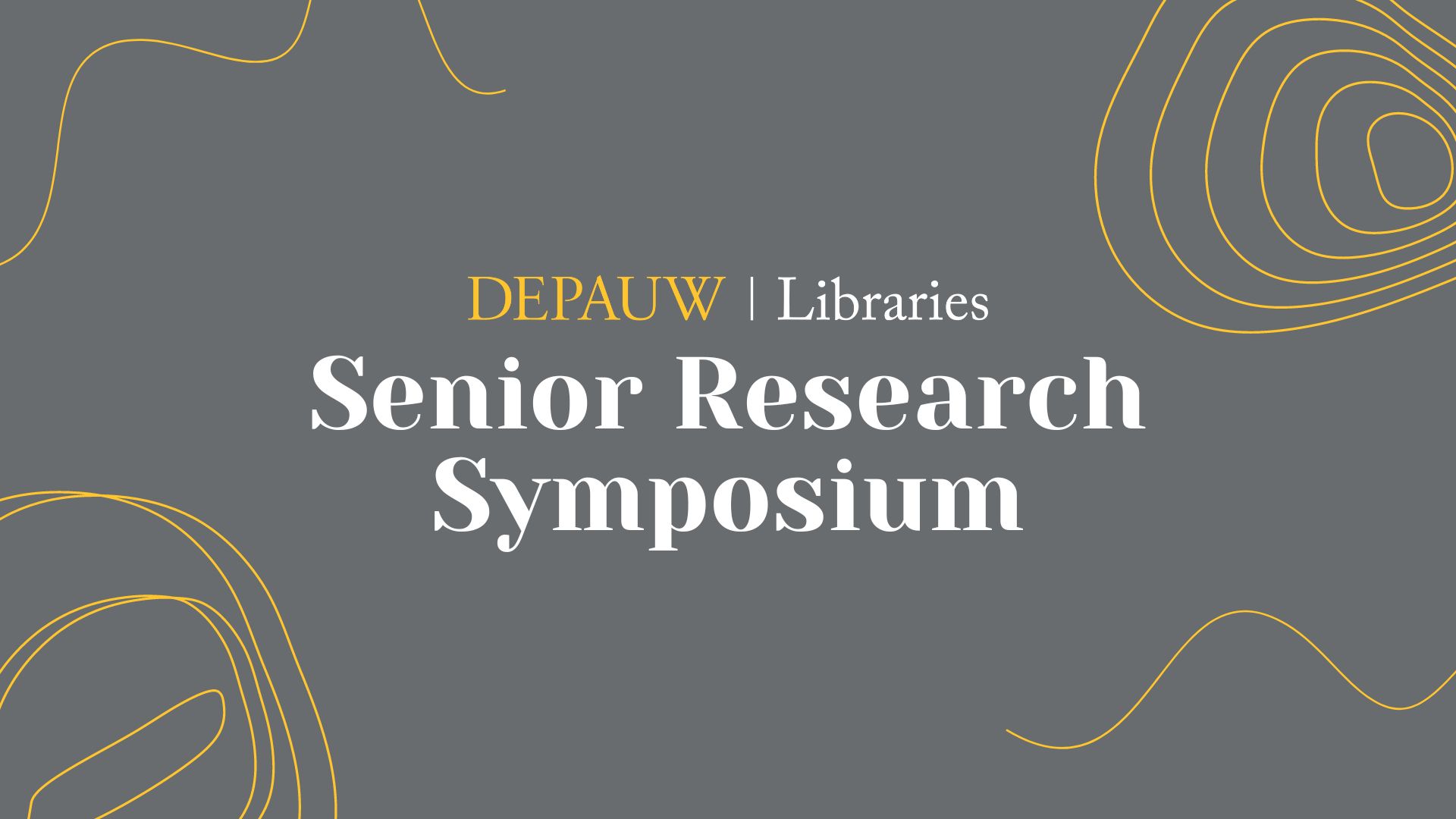AROutcrop: An augmented reality mobile application for enhancing geoscience learning and comprehension in the field and classroom
Location
Roy O. West Library, Wood Study
Start Date
1-5-2024 10:00 AM
End Date
1-5-2024 10:20 AM
Presentation Type
Poster
Description
Most geologists have long recognized the educational value of immersive opportunities and hands-on experiences that teaching geology in the field and using natural rock samples in the classroom offer students. However, these instructional approaches also give rise to distinct logistical and pedagogical challenges. For example, in the field, students sometimes struggle to fully connect concepts, models, and interpretations from classroom lectures with seemingly amorphous masses of rock that they encounter. Or, in the classroom, students may only have limited time for analysis when passing individual hand specimens person-to-person, and may not have access to valuable or fragile samples outside of class hours.
To address these challenges, we created an app (AROutcrop) for iOS mobile devices that leverages state-of-the-art advancements in augmented reality (AR) technology to supplement or “augment” the user’s real-world environment in ways that can enhance geoscience learning and comprehension both in the field and in the classroom. AROutcrop accesses a customizable UTF-16 encoded text file stored in the iOS Files app to automatically recognize images (e.g., textbook figures, photos of rock outcrops, QR codes, etc.) to display corresponding AR geo-objects (e.g., 2D geologic interpretations, 3D rock models, 3D virtual outcrops, etc.) in the real-time view within the device’s camera environment. Once these AR geo-objects have been placed (either on a planar surface or in mid-air), users can resize the geo-object, translate it along any axis, and/or rotate it 360° about any axis. Users can also open a window with data and/or textual information describing the geology of the displayed AR geo-object. Early results from our use of AROutcrop suggest that this novel approach has the potential not only to improve student learning and comprehension in the field and in the classroom, but also to help enhance students’ observational and critical-thinking skills.
AROutcrop: An augmented reality mobile application for enhancing geoscience learning and comprehension in the field and classroom
Roy O. West Library, Wood Study
Most geologists have long recognized the educational value of immersive opportunities and hands-on experiences that teaching geology in the field and using natural rock samples in the classroom offer students. However, these instructional approaches also give rise to distinct logistical and pedagogical challenges. For example, in the field, students sometimes struggle to fully connect concepts, models, and interpretations from classroom lectures with seemingly amorphous masses of rock that they encounter. Or, in the classroom, students may only have limited time for analysis when passing individual hand specimens person-to-person, and may not have access to valuable or fragile samples outside of class hours.
To address these challenges, we created an app (AROutcrop) for iOS mobile devices that leverages state-of-the-art advancements in augmented reality (AR) technology to supplement or “augment” the user’s real-world environment in ways that can enhance geoscience learning and comprehension both in the field and in the classroom. AROutcrop accesses a customizable UTF-16 encoded text file stored in the iOS Files app to automatically recognize images (e.g., textbook figures, photos of rock outcrops, QR codes, etc.) to display corresponding AR geo-objects (e.g., 2D geologic interpretations, 3D rock models, 3D virtual outcrops, etc.) in the real-time view within the device’s camera environment. Once these AR geo-objects have been placed (either on a planar surface or in mid-air), users can resize the geo-object, translate it along any axis, and/or rotate it 360° about any axis. Users can also open a window with data and/or textual information describing the geology of the displayed AR geo-object. Early results from our use of AROutcrop suggest that this novel approach has the potential not only to improve student learning and comprehension in the field and in the classroom, but also to help enhance students’ observational and critical-thinking skills.



Comments
The authors are grateful for conversations with Chad Byers regarding development of AR apps for mobile devices and for 3D photogrammetry help from Beth Wilkerson. Support for this research project provided by DePauw University Information Technology Associates Program, Department of Geology & Environmental Geoscience, DePauw Faculty Development Program, Information Services-GIS Center at DePauw University, and Tenzer Visualization Center.
DOI
https://gsa.confex.com/gsa/2023AM/meetingapp.cgi/Paper/393226